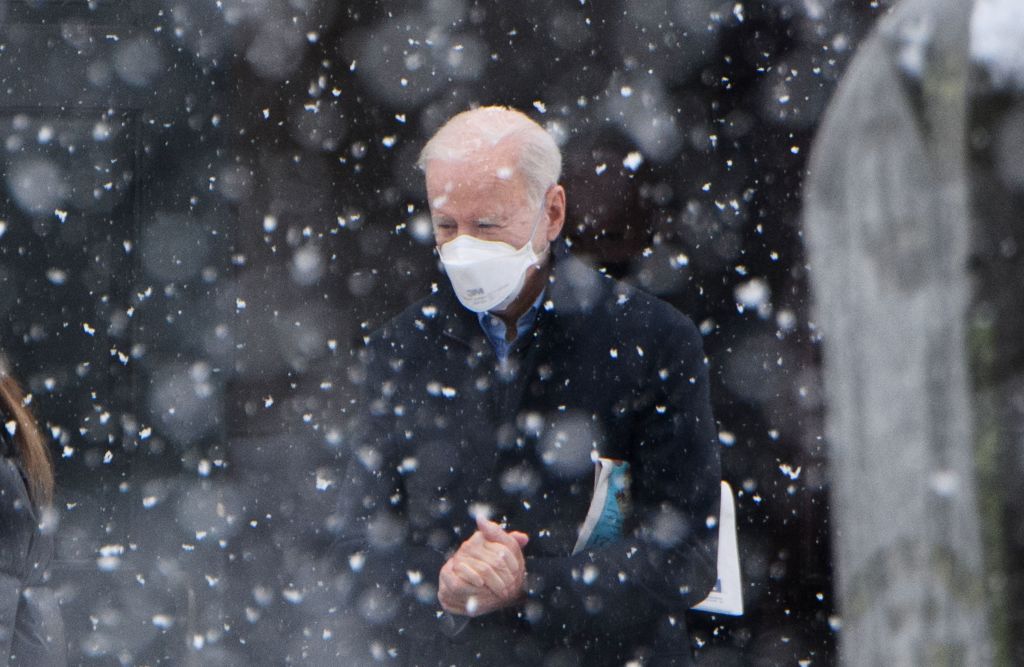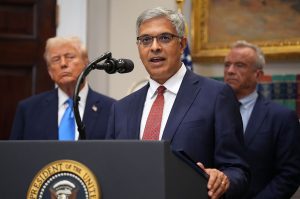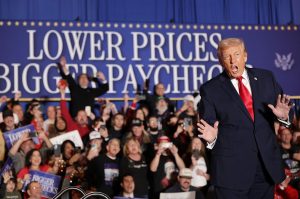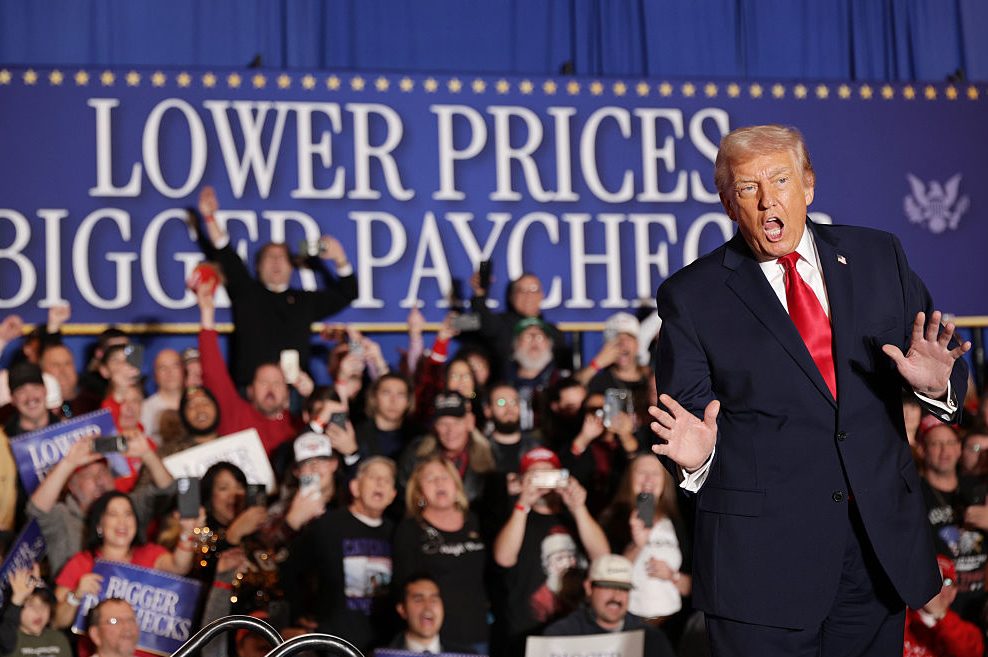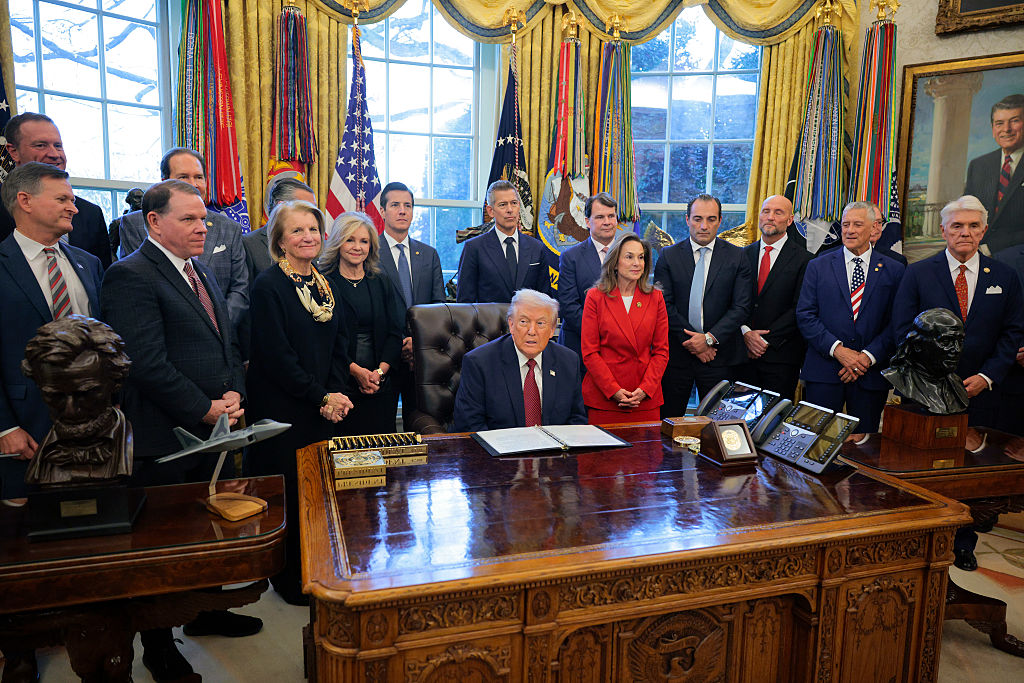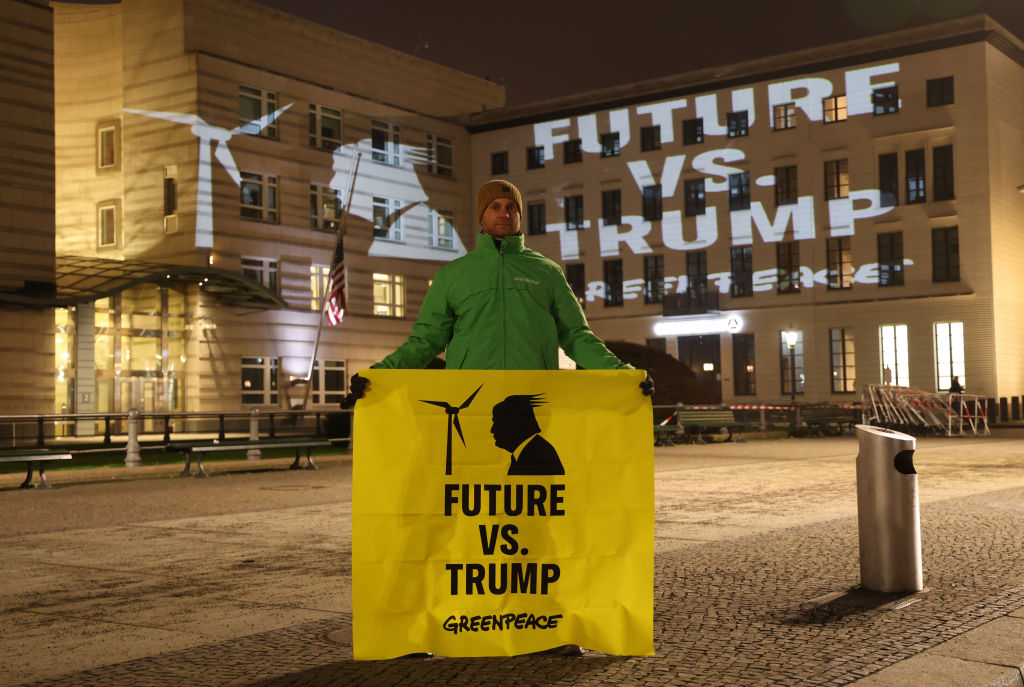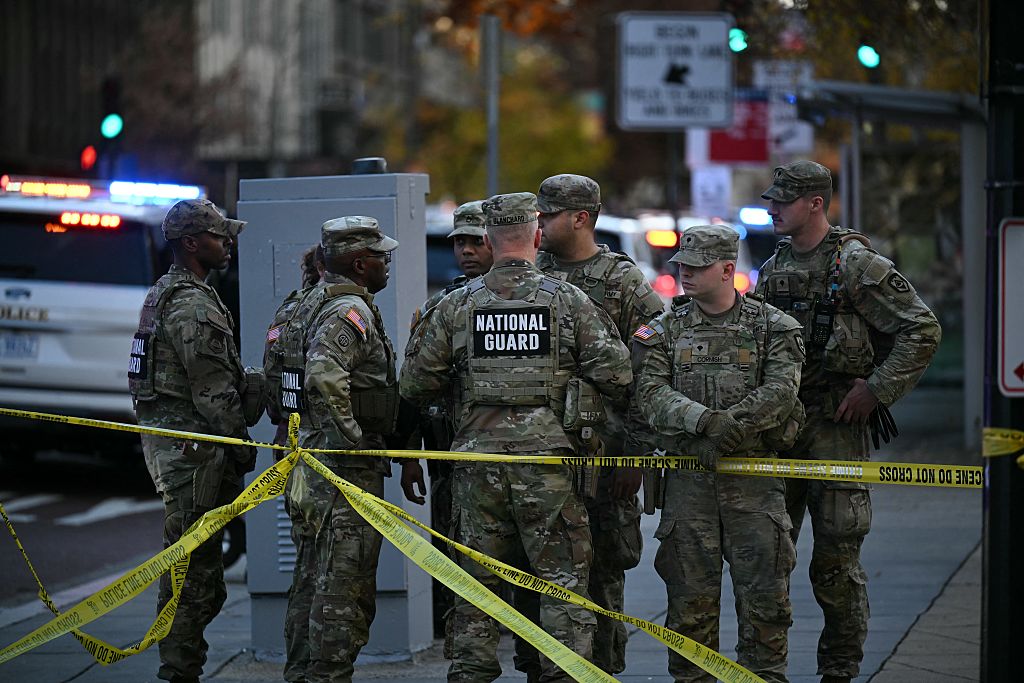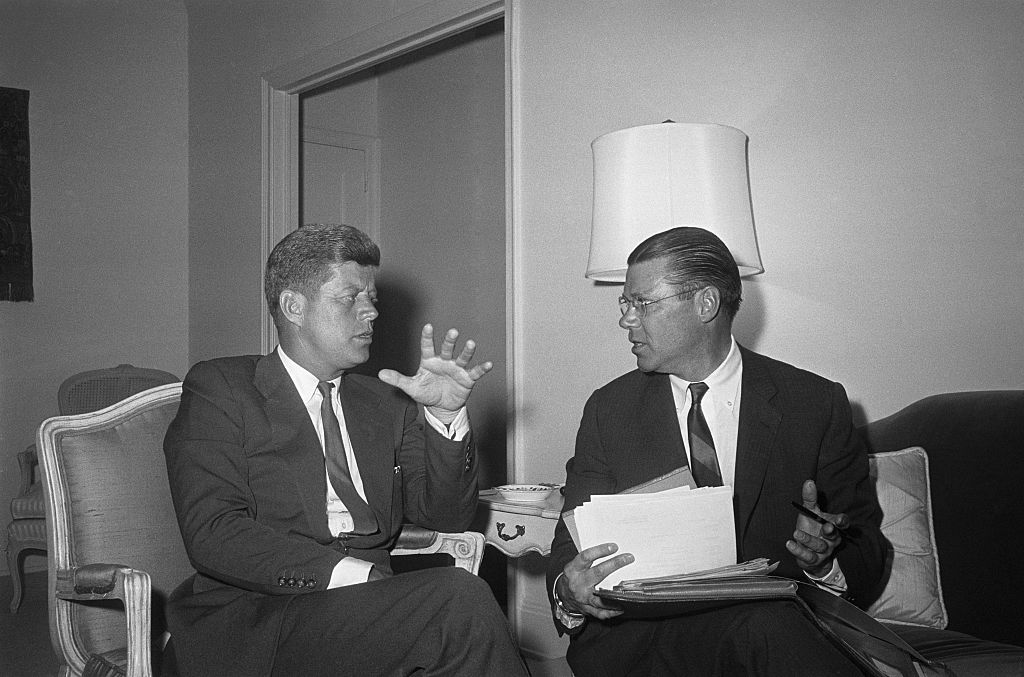The first workday of 2022 and already Washington, DC has been paralyzed by snow. That isn’t saying much, given that half an inch is enough to shut things down around these parts. As a kid growing up in Connecticut, I remember countless snowy mornings when I’d wake up early, pad downstairs, turn on the listings, only to be devastated to learn that school was only delayed by half an hour. Cut to DC, where they’ll close the schools because it’s cold outside.
So it goes in our thin-blooded nation’s capital. And in fairness, the fact that many federal employees are still working from home has mitigated the paralysis somewhat. Still, a city needs to move in order to work, and it’s there that the literal gets at something figurative. Long after the snow melts, 2022 is looking to be a year of chilly political paralysis. Chalk it up to a shortage of good policy ideas; chalk it up to a president who looks like he regularly gets lost on staircases; but our politics right now appears about as frozen as an unsalted block of Independence Avenue.
Let’s start with the most obvious example, Build Back Better. Joe Biden’s federal shopping spree hit a legislative roadblock just before Christmas when Senator Joe Manchin announced there was no way he could support the $1.9 trillion package. And while I suppose BBB could still rise from the dead — recall how Democrats found a way to ram through Obamacare even after Scott Brown replaced Ted Kennedy in Massachusetts — it just doesn’t seem likely that a guy from West Virginia is about to get onboard with a massive anti-fossil fuels package.
Build Back Better seems all but dead. And that means the president probably won’t rack up another major domestic accomplishment. Today, the American government works roughly like this: one party wins control of the White House and Congress; knowing this control won’t last, they set to work stuffing as many priorities as they can into one or two gigantic and clinically insane packages; these bills pass amid discordant yodeling on cable news; and the public recoils in horror and votes for divided government in the midterms.
For Barack Obama, this meant a stimulus package and Obamacare. For Donald Trump, it meant tax cuts. For Biden, it was supposed to mean infrastructure and BBB, except that the latter has failed and those midterms are inching ever closer.
The failure of BBB forces a question: what is Biden supposed to do now? Manchin is reportedly open to negotiating again, but Democrats can’t like those odds. Chuck Schumer wants to hold a vote on election reform — by which he means abolishing red-state anti-fraud laws in favor of carrier pigeon-based early voting or whatever the hell — but Republicans won’t budge. Filibuster reform is being considered again, but Manchin and Senator Kyrsten Sinema are both opposed. Court packing has been laughed away. Biden’s pledge to personally hand-deliver one and a half Covid tests to every American comes off as sluggish and inadequate.
When presidents get stalled at home, they sometimes cast their gazes abroad. Yet thus far the Biden foreign policy doctrine has consisted chiefly of getting people killed in Kabul and Jen Psaki spelling out the words “leadership” and “alliances” with Bananagram letters. I’m the first to admit that not all of this is Biden’s fault. The Afghanistan pullout was negotiated by Donald Trump, and a fine idea it was. Attempts to renegotiate the Iran deal were poisoned by the previous administration’s withdrawal from that agreement.
But that doesn’t change the fact that at the moment our foreign policy appears muddled and lifeless. (And it’s not like the Republicans are much better. Confronted with Russia’s plan to build its Nord Stream 2 pipeline, Ted Cruz’s novel idea is…more sanctions! That’ll bring the onion domes in Moscow crashing into the ground.)
There is an idea, popular among libertarians, that the best form of government is gridlocked government, since if the bastards are constantly squabbling with each other it prevents them from bilking and coercing the rest of us. We’re about to discover just how true that adage is. There is little reason to hope in our coming annus hilarious that the federal government will set our country back on track. That may or may not be a good thing, but it does raise the question of how we go about solving our many problems.
The answer, I think, is to look to the local and state levels. There do we find such innovations as a grassroots parents movement seeking to improve education and push critical race theory out of public schools. America might be a more nationalized place than she was a century ago, but the usual clichés still apply: politics is local, congressmen bring home the bacon, politics is downstream from culture. With Washington frozen over, perhaps it’s time we all rediscovered that old fondness for the small and the proximate — and set a more level gaze.



